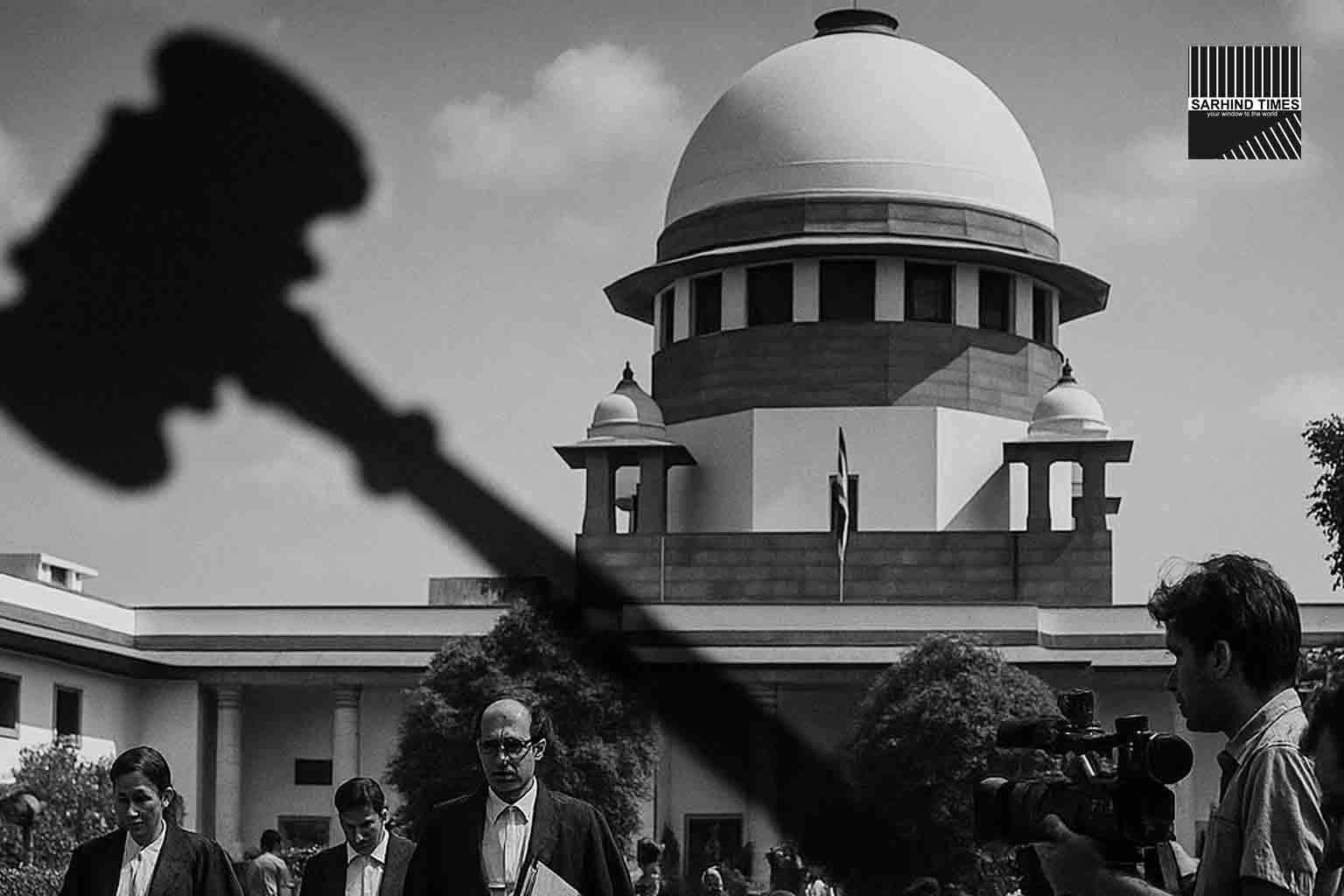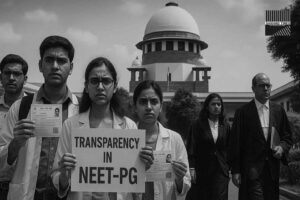In a proceeding that could reshape India’s media landscape, the Supreme Court of India on Monday remarked that the “time has come” to reevaluate the country’s criminal defamation provisions. The comment, delivered by a bench of Justices M.M. Sundresh and Satish Chandra Sharma, came as the Court agreed to hear a petition filed by the Foundation for Independent Journalism in connection with a case against The Wire and one of its senior editors.
By issuing notice and listing the matter, the Court has signalled a willingness to hear arguments about whether criminal defamation—long criticised by press freedom advocates—still has a place in modern democratic law.
The Case at Hand
- The Wire’s publisher and senior editor face criminal defamation charges brought by a complainant alleging reputational harm.
- The petitioners have challenged the constitutional validity of criminal defamation provisions, urging the Court to reconsider its 2016 stance in Subramanian Swamy v. Union of India, where the law was upheld.
- The bench’s remark suggests a shift in judicial mood, potentially re-opening a debate that touches free speech, media freedom, and citizens’ rights.
Criminal Defamation in India: The Legal Framework
- IPC Sections 499–500: Define and punish criminal defamation with up to two years’ imprisonment, fine, or both.
- Procedural context: Cases can be filed directly by private complainants, making it easier to launch proceedings than civil suits.
- Civil defamation remains available, offering monetary damages as remedy.
Critics argue that criminal liability for speech, especially journalistic work, is disproportionate and prone to abuse.
Why the Debate Matters
- Free Speech & Media Freedom: Reporters often face multiple defamation complaints in different jurisdictions, creating a chilling effect.
- Reputation & Privacy: Supporters of the law insist that in India’s context, reputation is a constitutional right deserving protection.
- Civil vs Criminal Remedies: If decriminalisation occurs, civil courts would need reforms—such as faster timelines and higher damages caps—to ensure remedies remain meaningful.
- Digital Age Complexity: With the rise of online speech, defamation disputes have multiplied, testing the law’s balance between liberty and accountability.
The Wire Case as a Microcosm
The Wire’s editors argue that criminal defamation actions are being used to stifle investigative reporting. The case exemplifies a larger pattern:
- Journalists covering corporate, political, or governance issues often face multiple defamation FIRs.
- Even if cases rarely result in conviction, the process itself becomes punishment—time, money, and fear of jail.
Historical Context: India’s Tryst with Criminal Defamation
- Colonial legacy: The provisions trace back to British-era criminal codes, intended to police dissent.
- Post-independence continuity: Successive governments retained them, citing reputational harm as a matter of public order.
- 2016 ruling: In Subramanian Swamy v. Union of India, the SC upheld criminal defamation as constitutional, emphasising reputation as an integral part of Article 21 (right to life).
Now, less than a decade later, the Court appears ready to reopen the question.
Global Comparisons
- UK: Abolished criminal defamation in 2009.
- US: Relies on civil defamation with high proof standards (e.g., New York Times v. Sullivan).
- Europe: Several countries retain criminal defamation but apply it sparingly.
- UN/International NGOs: Call criminal defamation laws inconsistent with international free speech norms.
India, as the world’s largest democracy, faces mounting pressure to align with global standards.
Possible Outcomes If Revisited
- Complete Decriminalisation: Striking down Sections 499–500 IPC.
- Partial Reform: Narrowing scope, e.g., limiting complaints to state prosecutors rather than private parties.
- Civil Law Strengthening: Expedited procedures, cap removal, and specialized tribunals.
- Hybrid Approach: Criminal liability only for specific contexts (hate speech, incitement).
Legal Experts Weigh In
- Constitutional Lawyer: “The Court’s remark signals sensitivity to democratic pressures—criminal defamation belongs in history books, not modern law.”
- Media Law Scholar: “If struck down, India must urgently build faster civil remedies; otherwise, reputational harms risk going unaddressed.”
- Senior Advocate: “The Wire case will be watched as a bellwether for media freedom.”
Civil Society & Media Response
- Journalist unions hailed the remark as a breakthrough, urging quick hearings.
- Civil rights groups called for alignment with international human rights obligations.
- Political reactions remain muted—parties across the spectrum have benefited from using defamation complaints against rivals and critics.
Broader Implications
- Pending cases: Hundreds of ongoing criminal defamation matters could be impacted.
- Corporate litigation: Large firms may lose a quick intimidation tool.
- Media landscape: Could embolden investigative reporting but increase reliance on civil litigation.
- Judicial system: Burden on civil courts may rise unless reforms accompany change.
Conclusion: The Beginning of a New Chapter?
The Supreme Court’s observation that the “time has come” to revisit criminal defamation does not change the law overnight. But it marks a judicial shift in tone that could ultimately tilt the balance in favour of free speech protections in India.
The Wire case may thus become more than a dispute over a single article—it may determine how India negotiates the tension between reputation and liberty in the digital century.
#SupremeCourt #Defamation #FreeSpeech #MediaLaw #TheWire #Judiciary #Democracy #CivilRights






















+ There are no comments
Add yours